Myths about teaching can hold you back
- Year 10
- OCR
- Higher
LDRs and thermistors
I can describe how an LDR or a thermistor can be used in a sensing circuit.
- Year 10
- OCR
- Higher
LDRs and thermistors
I can describe how an LDR or a thermistor can be used in a sensing circuit.
These resources will be removed by end of Summer Term 2025.
Switch to our new teaching resources now - designed by teachers and leading subject experts, and tested in classrooms.
These resources were created for remote use during the pandemic and are not designed for classroom teaching.
Lesson details
Key learning points
- An LDR is made of a semiconductor, and the brighter the light shining on it, the lower its resistance.
- Light transfers energy that enables electrons in a semiconductor to move as they do in a metal conductor.
- A thermistor is made of a semiconductor, and the hotter it is, the lower its resistance.
- Heating transfers energy that enables electrons in a semiconductor to move as they do in a metal conductor.
- A potential divider circuit can be set up with an LDR/thermistor to trigger a switch if it becomes too dark or too cold.
Keywords
Light-dependent resistor - a semiconducting component with a resistance that gets lower in increasingly bright light
Semiconductor - a material that has both metallic and non-metallic properties
Thermistor - a semiconducting component with a resistance that gets lower in increasingly high temperatures
Potential divider - a series circuit that divides the p.d. across a power supply into two or more smaller voltages
Common misconception
Circuits are analysed sequentially, starting at the battery and working round, one component at a time.
Ask questions that prompt pupils to consider the effect of changes to one component on the whole circuit.
To help you plan your year 10 physics lesson on: LDRs and thermistors, download all teaching resources for free and adapt to suit your pupils' needs...
To help you plan your year 10 physics lesson on: LDRs and thermistors, download all teaching resources for free and adapt to suit your pupils' needs.
The starter quiz will activate and check your pupils' prior knowledge, with versions available both with and without answers in PDF format.
We use learning cycles to break down learning into key concepts or ideas linked to the learning outcome. Each learning cycle features explanations with checks for understanding and practice tasks with feedback. All of this is found in our slide decks, ready for you to download and edit. The practice tasks are also available as printable worksheets and some lessons have additional materials with extra material you might need for teaching the lesson.
The assessment exit quiz will test your pupils' understanding of the key learning points.
Our video is a tool for planning, showing how other teachers might teach the lesson, offering helpful tips, modelled explanations and inspiration for your own delivery in the classroom. Plus, you can set it as homework or revision for pupils and keep their learning on track by sharing an online pupil version of this lesson.
Explore more key stage 4 physics lessons from the Circuit components unit, dive into the full secondary physics curriculum, or learn more about lesson planning.

Equipment
LDRs, thermistors, ohmmeters (multimeters set to resistance measurement), electrical leads, crocodile clips, beakers, thermometers, kettle for heating water
Content guidance
- Risk assessment required - equipment
Supervision
Adult supervision required
Licence
Prior knowledge starter quiz
6 Questions
Q1.What is the p.d. across the 10 Ω resistor?
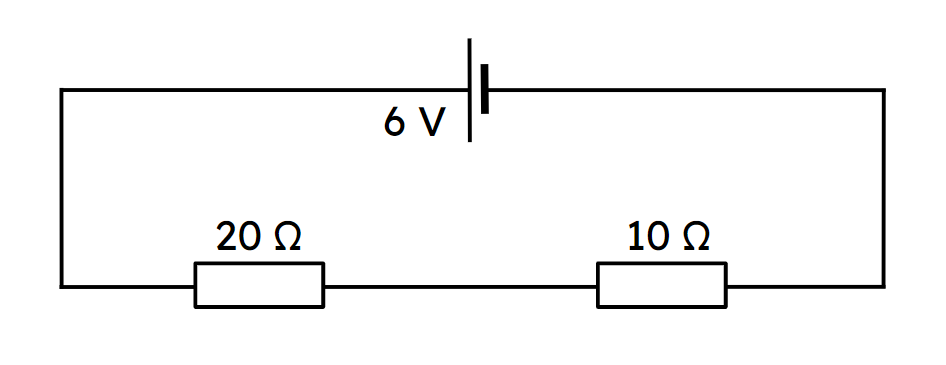
Q2.Which of these components only allows current to flow in one direction?
Q3.Which statement is correct about this circuit?
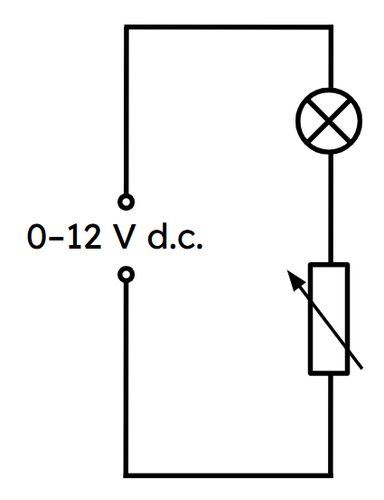
Q4.What happens to the current in the circuit when the resistance of the variable resistor is increased?

Q5.Which of these components has to get hot to work effectively?
Q6.What happens to the resistance of a length of fine wire in a circuit if it is removed, folded in two and then reconnected in the circuit?
Assessment exit quiz
6 Questions
Q1.Which of these components is sensitive to light?
Q2.Which of these components is sensitive to temperature?
Q3.What does this symbol represent?
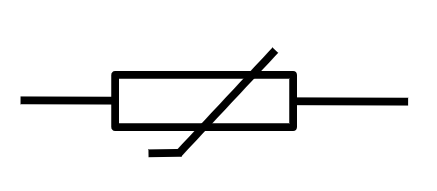
Q4.What does this electrical component do?
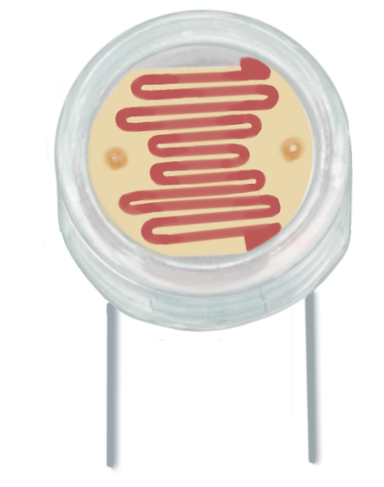
Q5.What do the arrows in the circuit symbol represent?
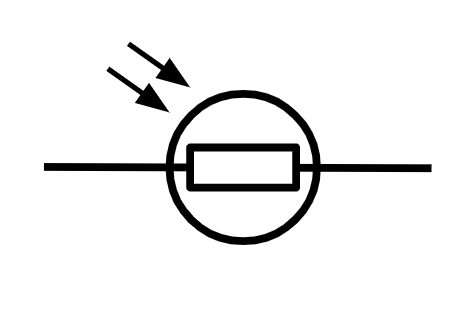
Q6.What does this circuit symbol represent?



